Case Studies
-
Noodle Boilers
-
category :
Food
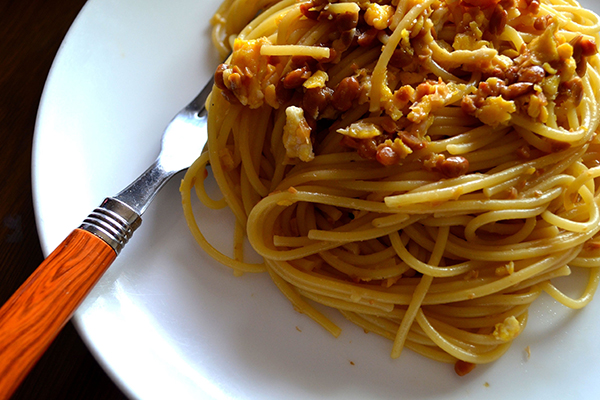 What do American macaroni & cheese, Italian spaghetti, and Japanese ramen have in common?
What do American macaroni & cheese, Italian spaghetti, and Japanese ramen have in common?
The answer: they're all boiled.
So, how do restaurant chains manage to boil such a huge amount of noodles and pasta on a daily basis?
The answer: Kawai Corporation.
That's right—our tubular heaters made of titanium are working day and night.
At Kawai Corporation, we recognize that immersion heaters that are immersed in liquids are prone to corrosion, so we use corrosion-proof materials and treat the surface to resist corrosion.
However, when immersion heaters are used in tanks that are used for foods containing sodium such as noodles or pasta (and Japanese udon noodles are the worst when it comes to this!), ordinary immersion heaters can't stand up to the task. The more you boil, the higher the sodium level in the tank gets. Even stainless steel tends to corrode easily in this situation. That's why Kawai Corporation proposed a titanium heater.
Titanium and oxygen bond extremely well together. When titanium comes into contact with oxygen, it forms an oxide layer on the surface, which is an extremely stable layer of film in a passive state. This layer doesn't allow oxygen to pass through, thereby inhibiting oxidation.
When our customer uses stainless steel products, they encounter frequent problems with corrosion, and they received complaints even on the weekends, asking for service or a replacement. This has been a major cost burden on the customers. However, our customer expressed how glad they felt after switching to a titanium product, saying that "we haven't received any complaints at all after the switch". Bon appétit!Products :
-
Chocolate Manufacturing Lines
-
category :
Food
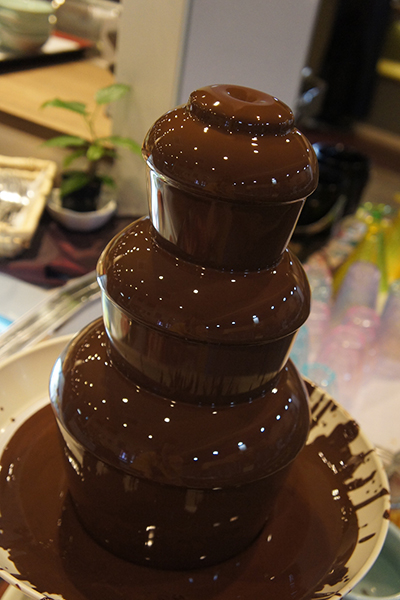 The two foods that are most well-known to melt when heated are chocolate and ice cream. Chocolate is frequently melted on purpose. Think of chocolate fountains, chocolate fondue... or chocolate-coated donuts, cookies, and ice cream!
The two foods that are most well-known to melt when heated are chocolate and ice cream. Chocolate is frequently melted on purpose. Think of chocolate fountains, chocolate fondue... or chocolate-coated donuts, cookies, and ice cream!
When making chocolate-coated sweets in the factory, the key to a delicious product and a good yield rate is how well the chocolate can be warmed to a certain temperature during all of the chocolate processes. The hardest part occurs when transporting the product. No matter what happens, the chocolate that is heated and melted cools down while it pours out of the tube, and then hardens... which clogs up the tube.
Think about what happens with chocolate fondue. Strawberries are dipped into a thick layer of chocolate. The chocolate hardens once you lift the strawberry out of the chocolate and expose it to the air at room temperature. The temperature range at which chocolate can be melted and still taste delicious is very narrow.
Once the chocolate tubes get clogged up, the production line stops... and it's impossible to maintain product quality with all those starts and stops. This also results in added maintenance costs, as well as lower yield rates due to unstable product quality... which drives up the base manufacturing costs.
We can solve all of these problems by always keeping the chocolate at an appropriate temperature. This is what Kawai Corporation's tube heaters are chosen for.
We maintain a temperature of 110ºF–130ºF (43ºC–54ºC) for the entire 120"-long (3 m) tube using a thermostat, preventing stops in the production line due to chocolate clogging. This in turn dramatically cuts maintenance costs and stabilizes product quality, which in one case actually resulted in a 10% yield rate increase.
The heater itself is a silicone rubber heater, which could be dangerous if the insulation decreases due to liquid or moisture. To prevent this, the end face is coated with silicone, extending the product lifespan of the heater.
That said, the customers that use Kawai's heater gained more than just an economical solution. The real benefit was seeing the glad look on the faces of children and adults... "delicious!". This is what Kawai's heaters offer to our customers.Products :
-
Sweet Potato Heaters
-
category :
Food
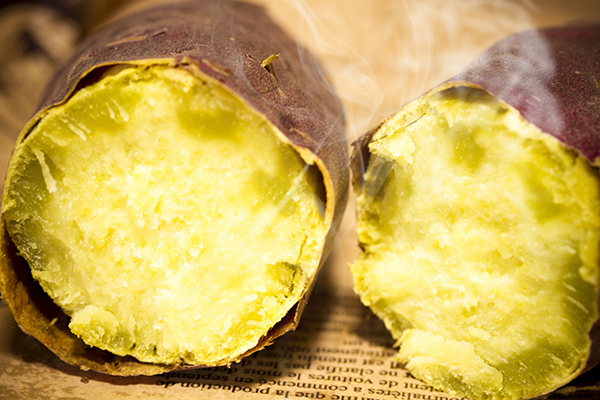 Yaki-imo, or stone-baked sweet potatoes, can be found just about everywhere in Japan during the wintertime. Although the yaki-imo is a very simple food (just a sweet potato baked over a bed of hot stones), it's a common wintertime snack in Japan, which reminds the Japanese people of the delightful passing of the seasons.
Yaki-imo, or stone-baked sweet potatoes, can be found just about everywhere in Japan during the wintertime. Although the yaki-imo is a very simple food (just a sweet potato baked over a bed of hot stones), it's a common wintertime snack in Japan, which reminds the Japanese people of the delightful passing of the seasons.
It's this kind of food that people seem to have specific preferences about. "Make it sweeter!" "Make it hot and fluffy!" These kinds of very human needs aren't terribly important in the grand scheme of things, but they're part of the things we desire in our everyday lives. Kawai Corporation's heaters help fulfill these needs.
What's the secret to a delicious yaki-imo? Here are a few things:
- A strong, sweet taste
- Hot and fluffy texture—no stickiness
- Crispy potato skin
When we made our initial prototype, it was made exactly as the customer had asked... but the results weren't too good. The potato skin was too soft, the potato itself was sticky, and it wasn't sweet enough. We tried several different variations, and finally found that the problem was that the wattage was insufficient. It became clear that what our customer really needed was a more compact, high-powered heater. With this, we decided on the specifications for new heater.
Our customer was thrilled that we identified their real needs (which they didn't even know they had themselves!) and brought them to reality.
Kawai's mission isn't just to make a heater with such-and-such voltage and so-and-so wattage. In this case, our real mission was to supply our customer with the heat they needed to make the sweetest, most delicious sweet potato they could.Products :
-
Coffee Servers
-
category :
Food
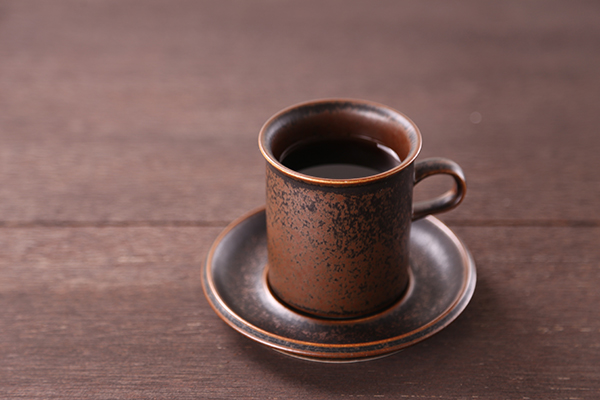 At Kawai Corporation, we have a long-lasting relationship with home electrical appliance manufacturers, and we've handled quite a number of home electrical appliances.
At Kawai Corporation, we have a long-lasting relationship with home electrical appliance manufacturers, and we've handled quite a number of home electrical appliances.
We received an inquiry from one of our customers who were creating a new coffee server but didn't know much about the heater that is used inside. As we specialize in heaters, they called upon us for help.
At our meeting with them, we learned the following:
- A heater that complies with food safety regulations is necessary; and
- The heater will be used in a container that will be subjected to pressure, so it must be airtight.
Based on our previous results and experience, we proposed to the customer that they use an immersible tubular heater. We carefully designed the specifications to use silicon packing, and for the heater surface to be corrosion-proof, in order to satisfy the requirements for being airtight and to comply with food safety regulations.
In fact, the water in the coffee that you're drinking right now may have been boiled by a Kawai Corporation heater!Products :
-
Microwave Ovens
-
category :
Food
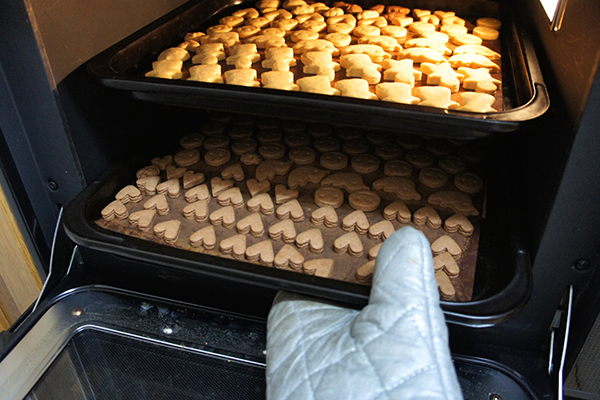 Steam can actually be distilled into two layers, saturated steam and superheated steam. Saturated steam occurs when a substance evaporates at the boiling point. When saturated steam is heated under a fixed pressure, it becomes superheated steam, which has much more thermal energy than saturated steam.
Steam can actually be distilled into two layers, saturated steam and superheated steam. Saturated steam occurs when a substance evaporates at the boiling point. When saturated steam is heated under a fixed pressure, it becomes superheated steam, which has much more thermal energy than saturated steam.
Our customers have been successful in applying the principle of superheated steam to create superheated water vapor in the new microwave ovens they manufacture... a revolutionary advancement over traditional microwave ovens—“cooking with water”. As the superheated water vapor fills the oven chamber, oxygen cannot get inside. This prevents the food from being oxidized and also prevents cytoclasis, both of which can degrade the taste and nutritional value of the food.
The role of our heaters is to create superheated water vapor from this saturated water vapor, but one issue we needed to solve was the problem of corrosion. When temperatures are high and matter comes into contact with water, corrosion occurs more readily. For this reason, we needed to improve the heat and surface treatments used to boost corrosion resistance, and solve each issue one at a time.
However, as we had elected to manufacture the product in China in light of production quantity and price, we made frequent business trips to China to confirm the local manufacturing process in detail. Although the manufacturing methods used by Kawai Corporation and the cooperative factory in China were largely similar, many of the details differed, including areas that had a large impact on product performance. As a trial run, we created a production line that could manufacture the product within the desired specs by reviewing the problematic work processes, making adjustments at the local factory, and trying again by repeating the PDCA (Plan-Do-Check-Action) cycle.
Although there were times when we felt like giving up (due to difficulties in communication that stemmed from differences in culture, not to mention the high-level specs of the heater itself), in the end we were able to create a product that completely satisfied the customer... owing to the production capacity of the Chinese factory, the speed at which the trial product was manufactured, and the Japanese penchant for detail.
When we visit the shop and see the product we've created, we feel a sense of accomplishment which brings a smile to our faces even now.Products :
-
Packaging Machines
-
category :
Food
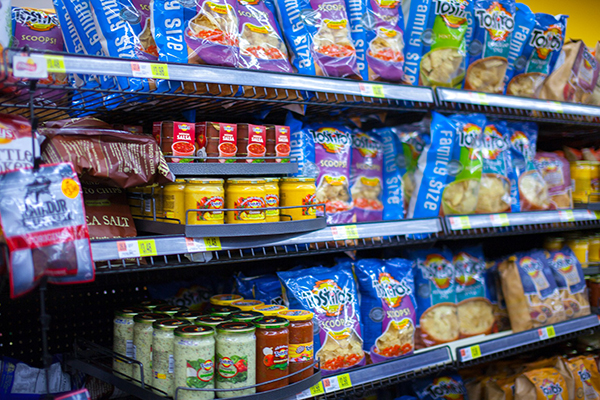 Haven't you ever wondered how the packaging on bags such as snack bags work? How do they close those potato chip bags? Since these bags contain food that you put in your mouth, these bags can't be sealed with adhesive.
Haven't you ever wondered how the packaging on bags such as snack bags work? How do they close those potato chip bags? Since these bags contain food that you put in your mouth, these bags can't be sealed with adhesive.
Actually, these bags are sealed using a process called thermal welding, which involves applying heat to the opening to melt the edges together. This area is where heaters are especially valuable.
Normally, a cartridge heater is used to heat up the blades for this kind of thermal heating. However, Kawai Corporation inquires with the customer as to what material needs to be melted, what the shape of the blade is, and so on, in order to propose the most effective method.
For example, if film packaging is used (which is melted at a low temperature), it's not necessary to widen the blade just to make enough space to insert the cartridge heater. Another way is to burn the silicone rubber heater onto the bladed part. This eliminates the need to waste all that heat on a large piece of metal, which saves a lots of energy.
Also, if the temperature distribution isn't good during thermal welding, some parts may not be melted too well, and moisture could seep in. However, by using a blade with a silicone rubber heater, the temperature will be distributed just by monitoring the temperature of the heater itself, which makes it easier to get a melt a clean weld. The watt density on Kawai Corporation's silicone rubber heaters can be adjusted from coarse to fine density, making an even thermal weld easy.
Although it's not easy to guarantee the accuracy of the burn position with silicone rubber heaters, we can create a jig to precisely weld the heater onto the blade.
What might seem like "common sense" isn't always what's best. Let us at Kawai Corporation recommend the best way for you to do things, based on how you use your tools.Products :
-
Dishwashers
-
category :
Food
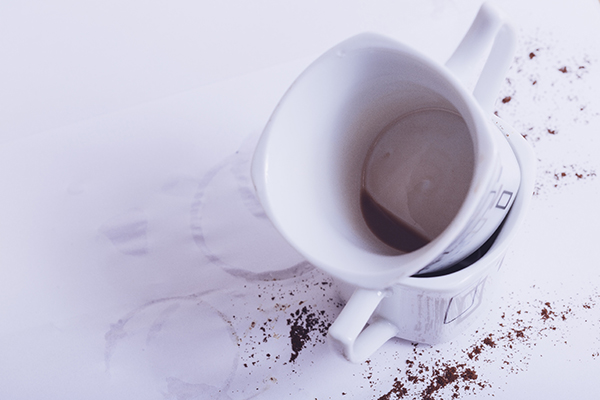 There are many home electrical appliances that are manufactured to keep the food that we eat safe. One example is the dishwasher, which most people have in their homes. In fact, many dishwashers are equipped with heaters made by Kawai Corporation.
There are many home electrical appliances that are manufactured to keep the food that we eat safe. One example is the dishwasher, which most people have in their homes. In fact, many dishwashers are equipped with heaters made by Kawai Corporation.
One major home electrical appliance manufacturer approached us with the idea of a heater that could do both jobs of heating water for cleaning, and heating air for drying. For water heaters, we usually recommend a highly corrosion-proof immersion heater that uses an SUS316L sheath; and for baking, we select an SUS304, 321, or steel material. However, our customer wanted a heater that could serve both purposes. They also wanted a heater that could fit into the limited compact space that their product had available.
Kawai Corporation performed numerous tests to select the heater sheath material, and by improving our production process, we were able to meet the strict level of standards our customer required. We ended up shipping a total of more than 1 million heaters. In other words, Kawai Corporation played an integral part in providing more than 1 million dishwashers to the end customers.
In the mid-1990's, home electrical appliance manufacturers in Japan all developed their own compact tabletop dishwashers. Although many people wanted to own them, there was a time when most people didn't find them necessary. However, these dishwashers are becoming more and more popular, owing to the spread of the O-157 virus that can be eliminated at temperatures of 180ºF (80ºC) and above... a temperature which is too hot for washing dishes bare-handed. It was Kawai Corporation that made the heater which could heat water to 180ºF (80ºC) or more, making this kind of sterilization possible.Products :
-
Food Manufacturing Lines (Anti-Charring)
-
category :
Food
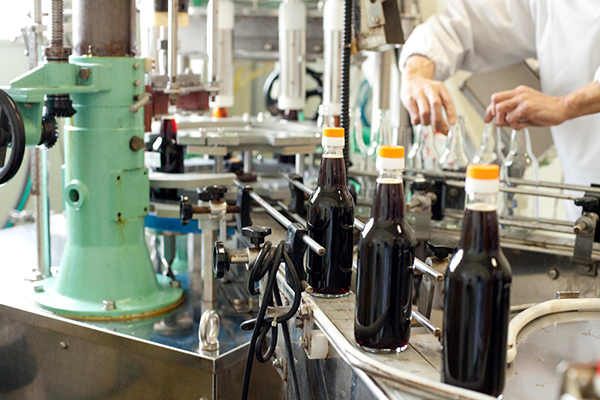 Kawai Corporation heaters are used in many situations where it's necessary to heat food products. One of our customers was looking for a way to broil liquid foods by using a gas burner, but they were frustrated by problems such as charred spots and uneven heating. Hearing this, we proposed a silicone rubber heater that would keep the differences in temperature down to a minimum.
Kawai Corporation heaters are used in many situations where it's necessary to heat food products. One of our customers was looking for a way to broil liquid foods by using a gas burner, but they were frustrated by problems such as charred spots and uneven heating. Hearing this, we proposed a silicone rubber heater that would keep the differences in temperature down to a minimum.
We were able to attach a silicone rubber heater to the metal plate on the underside of the conveyor belt that carried the food containers, making it possible to provide even heating within a compact space. However, we also needed to propose a heater structure that would prevent the temperature from getting too high and charring the food, as well as a method to properly control the temperature. We proposed a temperature setting at which the temperature of the heater itself would be saturated, as well as taking the temperature of the food and using the HEATCON thermostat to control the temperature.
Since this involves food processing, cleaning is frequently done as well. Our heater is designed to be removable, in order to meet those needs as well.
The customer was delighted that they were able to reduce their amount of wasted products. At Kawai Corporation, we're likewise thrilled to see the delighted faces of the customers we serve.Products :
-
Food Carts with Warmers
-
category :
Food
Some foods are meant to be served cold... but for the most part, hot food tastes more delicious. For patients staying in the hospital, eating food is one of the things they look forward to. It's a real disappointment when food isn't heated up properly... and tastes bad.
One of our customers wanted a way to heat up food served in the hospital. The idea of serving piping hot food to patients in the hospital was one of the hospital's missions, and it certainly resonated with us at Kawai Corporation. We set out to create a heater for food carts in the hospital.
The idea was to realize a method of heating that isn't ordinarily used. The food would be partially heated and then stored in a food warmer, after which it would be reheated with hot air just before serving. The issues to overcome were:
- coming up with a more effective way of warming using air; and
- providing a heater that could withstand corrosion due to possible steam (corrosion would be out of the question for food-related uses).
To match these conditions, we selected a finned heater suitable for heating air. To protect against corrosion, we used sheath material, which stands up well to high temperatures and corrosion, and treated the surface.
This sheath material has very similar characteristics to materials that are generally classified as Alloy 800, but it is superior to Alloy 800 in terms of oxidation (high temperature corrosiveness with sodium) and corrosion resistance in high temperatures. The number of manufacturers that use this material for heater sheaths can be counted on one hand.
This is a unique material that Kawai Corporation has developed to more closely respond to our customer's demands for a heater, and it represents our insatiable desire to explore new possibilities.Products :